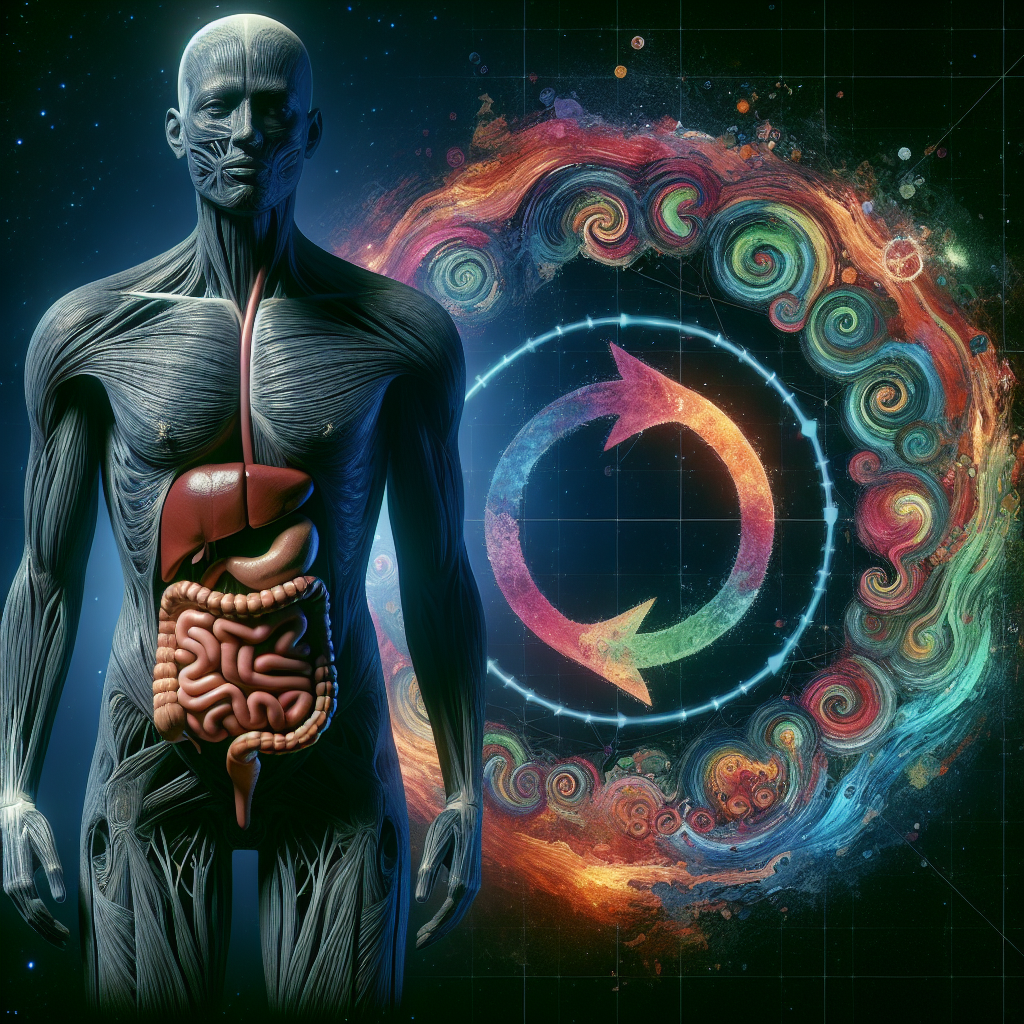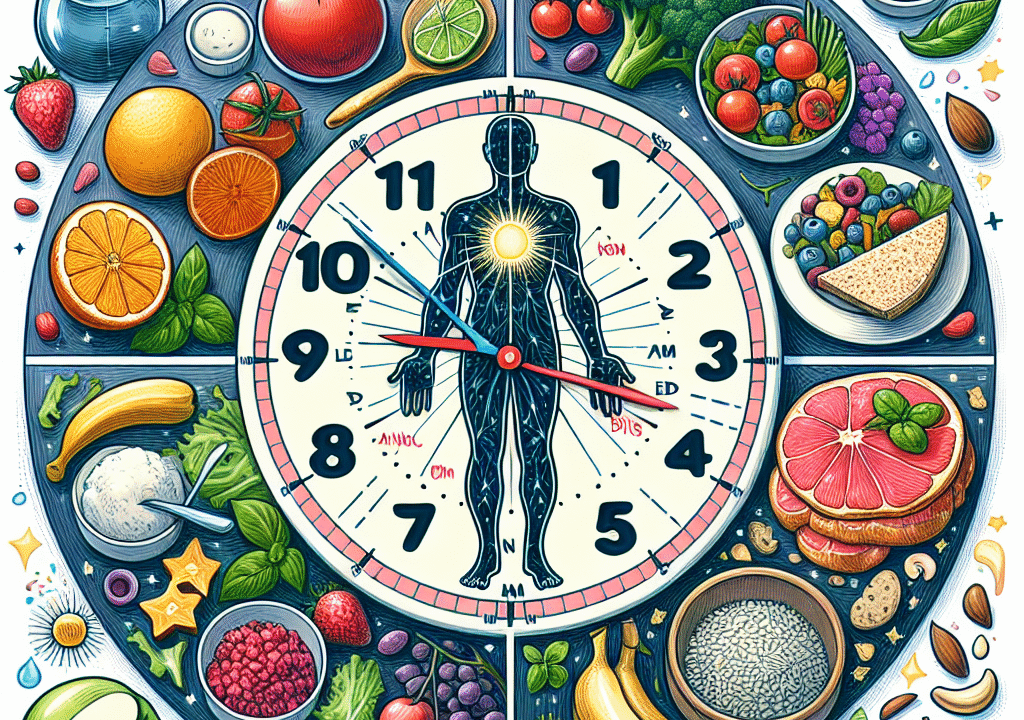
The Elimination-Reintroduction Cycle: Advanced Techniques for Achieving Optimal Gut Health Naturally
Why Gut Health Matters
Gut health is gaining increased attention — and for good reason. Studies have shown that nearly 70% of the body’s immune system is based in the digestive tract (1). This means your gut plays a pivotal role in your digestion, immune response, mental clarity, skin health, and energy levels.
If your gut is imbalanced, you may experience chronic inflammation, food sensitivities, fatigue, or gastrointestinal distress. One proven strategy to restore gut balance is the Elimination-Reintroduction Cycle — a science-backed method to identify personal food triggers and set the foundation for long-term wellness.
Understanding the Elimination-Reintroduction Cycle
The Elimination-Reintroduction Cycle is a two-phase process designed to uncover how certain foods affect your health. It gives you a framework to remove common irritants and methodically introduce them back to pinpoint what works for your body and what doesn’t.
Step 1: Elimination Phase
For about 3 to 6 weeks, eliminate common inflammatory foods, including:
– Gluten
– Dairy
– Soy
– Refined sugar
– Caffeine
– Alcohol
– Processed or unlabeled foods
During this period, your gut begins to heal and symptoms like bloating, fatigue, or skin issues may improve.
Step 2: Reintroduction Phase
Over time, reintroduce one food at a time every 2 to 3 days while closely monitoring your symptoms. Common responses to track include:
– Digestive issues like bloating or gas
– Mood changes or fatigue
– Brain fog or headaches
– Skin flare-ups such as acne or rashes
According to Dr. Sarah Ballantyne, PhD, “Food reactivity can be delayed and dose-dependent, which is why tracking both immediate and 72-hour symptoms is critical to identifying chronic triggers”. (2)
Advanced Elimination Strategies
If basic elimination hasn’t resolved your symptoms, try incorporating these advanced methods to dig deeper.
Use a Tiered Elimination Approach
Instead of removing everything at once, begin with the foods responsible for the most common issues — gluten, dairy, and sugar. Once you see some progress, eliminate other potential irritants like:
– Nightshades (e.g., tomatoes, bell peppers, potatoes)
– Corn
– Eggs
– Legumes
– All grains
This progressive strategy makes the process more manageable and helps reveal the true causes behind your symptoms.
Track Symptoms and Key Body Metrics
Use a food and symptom journal or a tracking app to record:
– Meals and ingredients
– Digestive response, energy levels, and mood fluctuations
– Sleep quality
– Additional biometrics like Heart Rate Variability (HRV), a recognized marker of inflammation
Technology like Oura Rings or WHOOP bands can enhance this process by giving real-time feedback on how your body responds to certain foods.
Support Gut Healing During Elimination
Eliminating problem foods is only half the battle. Rebuilding your digestive system is just as important. Include gut-healing strategies such as:
– Bone broth for collagen and amino acids
– Fermented foods like kefir, kimchi, or sauerkraut
– Targeted supplements including L-glutamine, zinc carnosine, and deglycyrrhizinated licorice
– Quality digestive enzymes and probiotics
You can also explore helpful digestive health products through reputable supplement providers.
The Smart Way to Reintroduce Foods
The reintroduction phase can be tricky, as symptoms can appear in subtle and delayed ways. Here’s how to track food tolerance effectively:
Introduce One Food Every Three Days
Start with a small portion and gradually increase it over two days. For example, if you’re testing eggs, eat a small amount on day one. If tolerated, have a larger serving on day two. Monitor your body over the following 72 hours.
Watch for Delayed Symptoms
Reactions may not be immediate. Symptoms such as sluggishness, joint pain, or anxiety may manifest several days later. Slow, intentional testing helps you catch these changes.
Implement Rotational Eating
Once you know your safe foods, avoid eating them every single day. A rotational diet involves cycling food groups every 3 to 4 days to prevent overexposure and reduce the risk of developing new intolerances.
“Rotational eating is like cross-training for your gut,” says Dr. Will Cole, certified functional medicine practitioner. “It helps you avoid dietary ruts and gives your digestive enzymes a break.”
Troubleshooting Common Roadblocks
It’s perfectly normal to encounter challenges during an elimination diet. Here’s how to handle the most common issues:
You’ve Eliminated Foods But Still Feel Unwell
If symptoms continue despite dietary changes, you may be dealing with deeper gut dysfunctions such as:
– Leaky gut syndrome
– Small Intestinal Bacterial Overgrowth (SIBO)
– Candida overgrowth
Functional lab testing like the GI-MAP can provide deeper insights. Partner with a qualified holistic or functional practitioner for guidance.
You Feel Overwhelmed by Restrictions
Focus on what you can enjoy—not just what you can’t. Try creative swaps to boost variety and satisfaction:
– Use cauliflower rice in place of grains
– Try coconut yogurt instead of dairy
– Opt for natural sweeteners like monk fruit
Food can still be delicious and nourishing with the right alternatives.
You Reacted to a Reintroduced Food
Don’t panic. Remove the food and allow your gut two to three weeks to recover. As your gut heals, many mild sensitivities can resolve over time and may be successfully reintroduced later.
The Reward: Long-Term Gut Health and Empowered Eating
The beauty of a personalized Elimination-Reintroduction Cycle is that it empowers you. You learn to listen to your body and make food decisions based on real observations, not trendy advice.
This process is not a lifelong restriction—it’s a tool. Once you’ve discovered your trigger foods and allowed your gut to heal, you can often reintroduce many foods responsibly and enjoy a diverse, fulfilling diet again.
“When the gut works, everything else works too—mood, energy, immunity, even mental clarity,” says Dr. Mark Hyman, MD. “It’s not just about digestion; it’s about life quality.” (4)
Final Thoughts
A well-executed Elimination-Reintroduction Diet can become one of the most effective ways to reset your body and reclaim your well-being. By leveraging data-driven techniques, gut-healing strategies, and smart experimentation, you can identify and address the root causes of chronic symptoms.
Ready to take the next step?
– Download our free Gut Reset Guide
– Join our online wellness community for expert support
– Explore supplements that support digestion and gut wellness
References
1. Mowat, A. M., & Agace, W. W. (2014). Regional specialization within the intestinal immune system. Nature Reviews Immunology, 14(10), 667–685.
2. Ballantyne, S. (2013). The Paleo Approach: Reverse Autoimmune Disease and Heal Your Body. Victory Belt Publishing.
3. Catassi, C., et al. (2015). Non-Celiac Gluten Sensitivity: The New Frontier of Gluten Related Disorders. Nutrients, 7(3), 8733–8756.
4. Hyman, M. (2020). The UltraMind Solution. Scribner.


